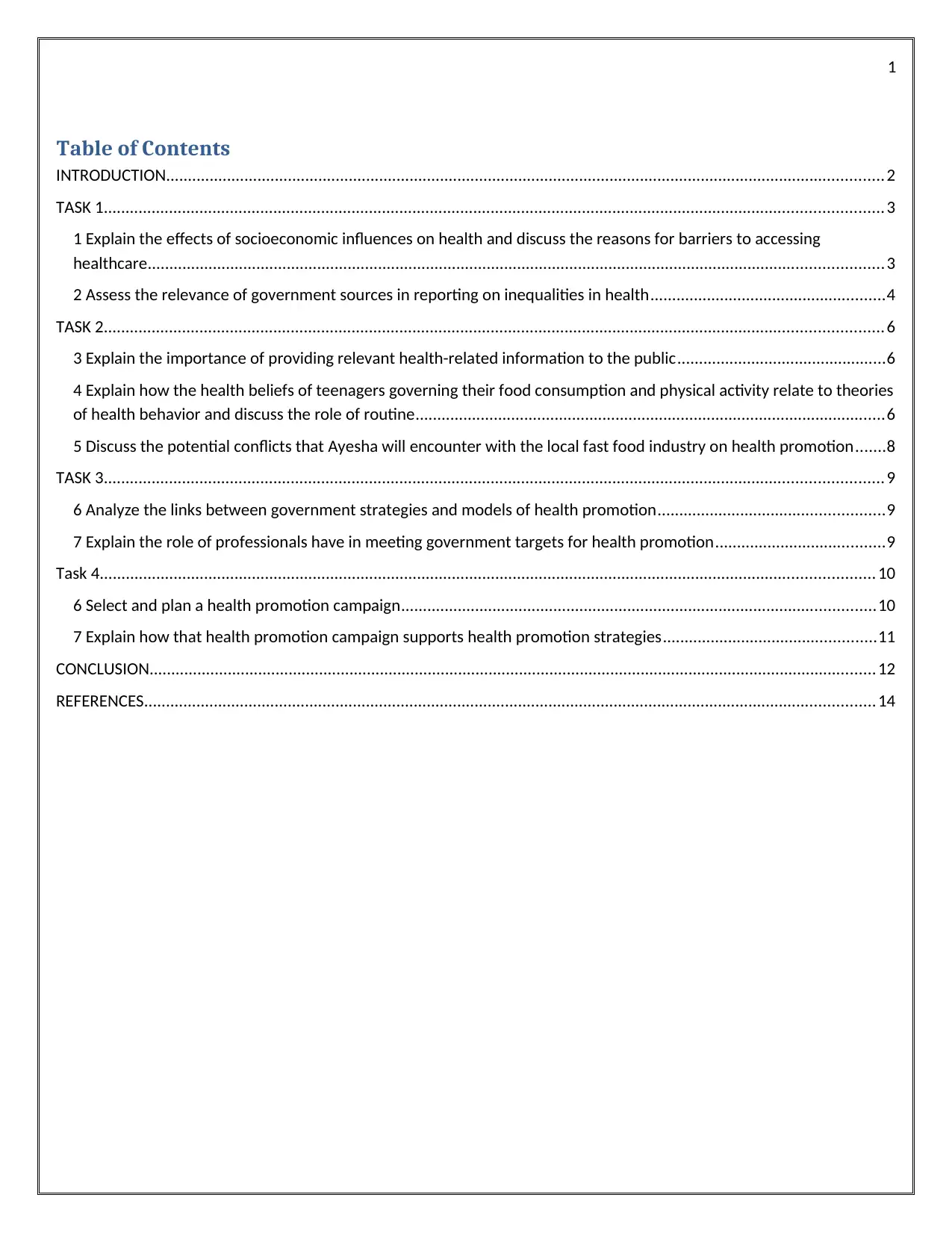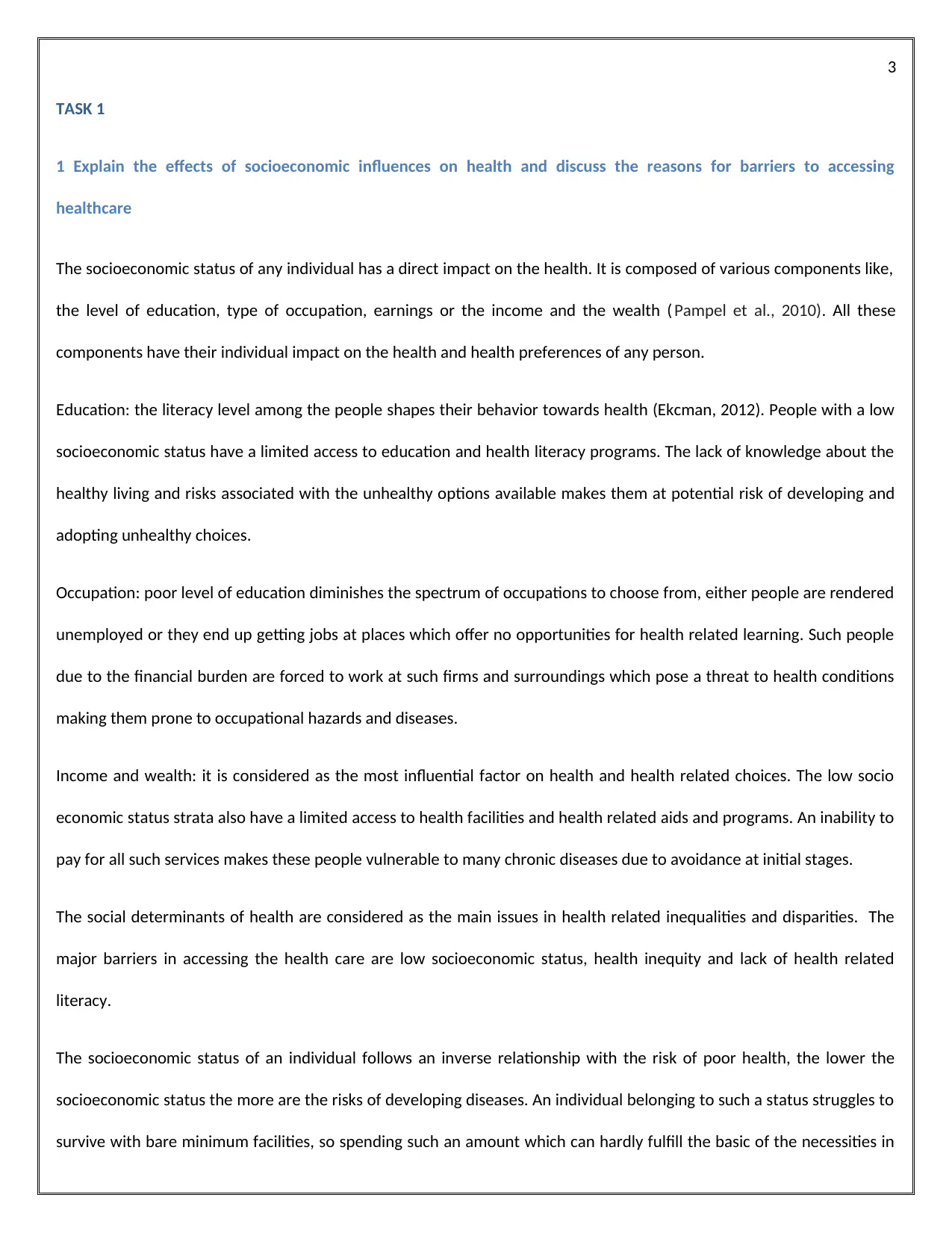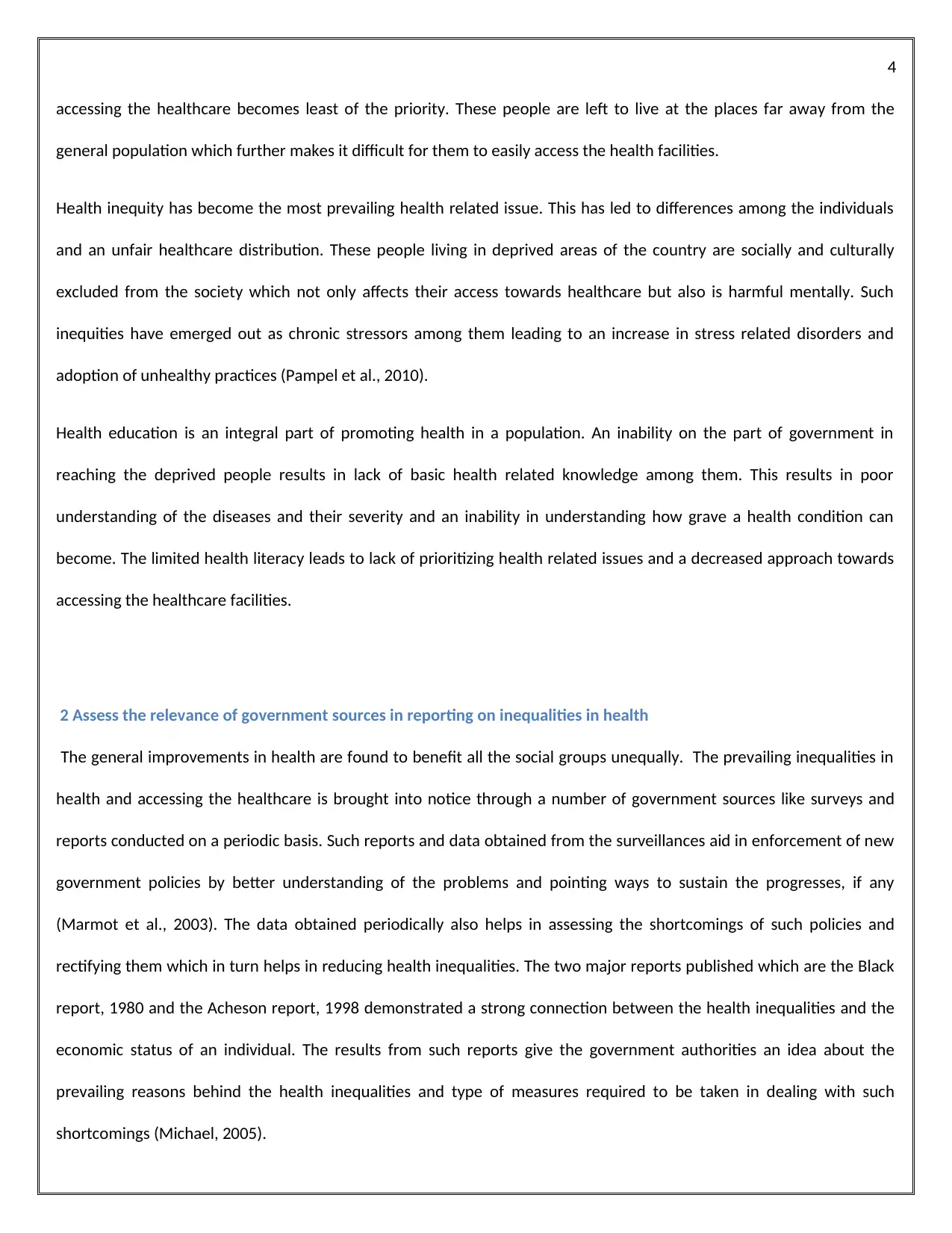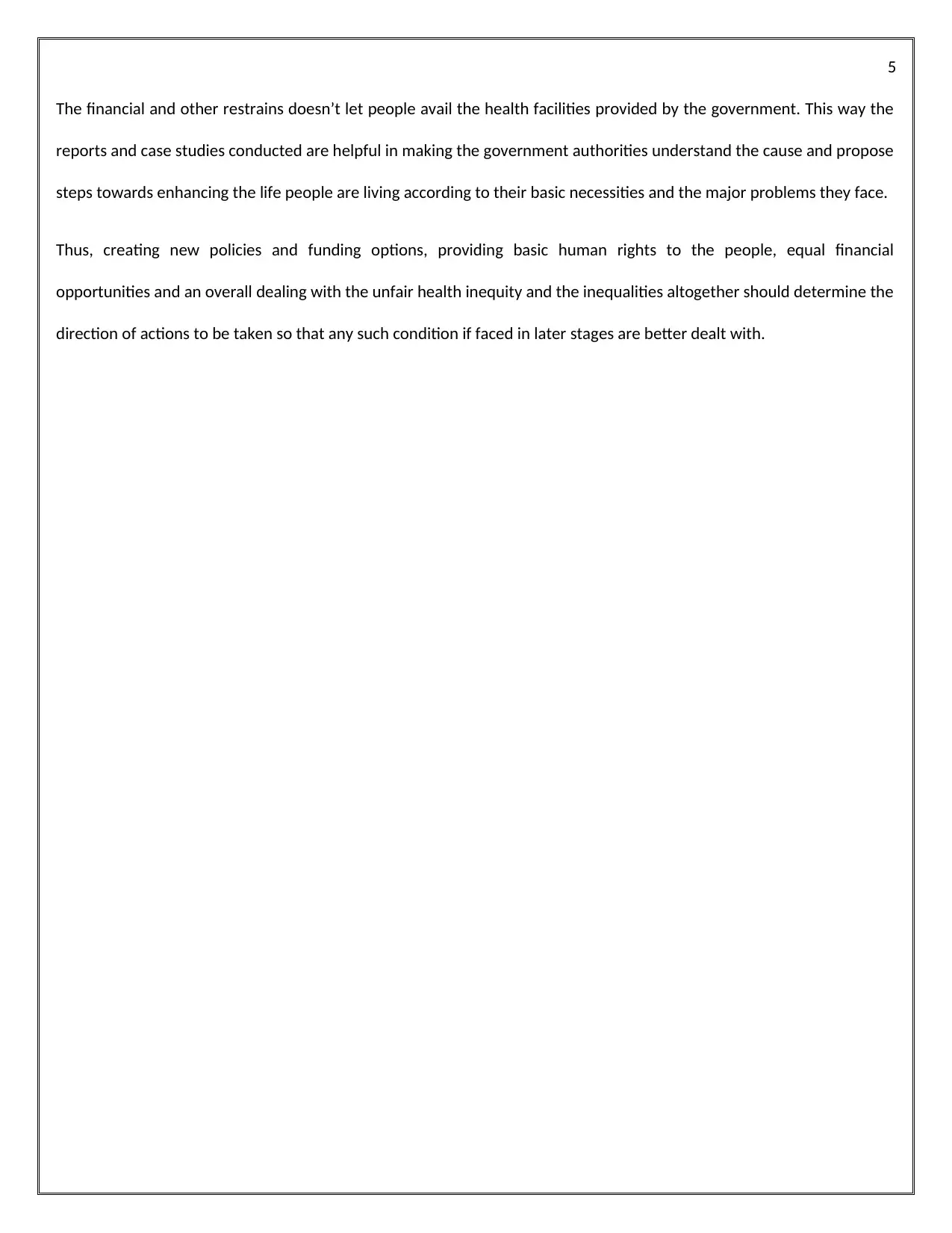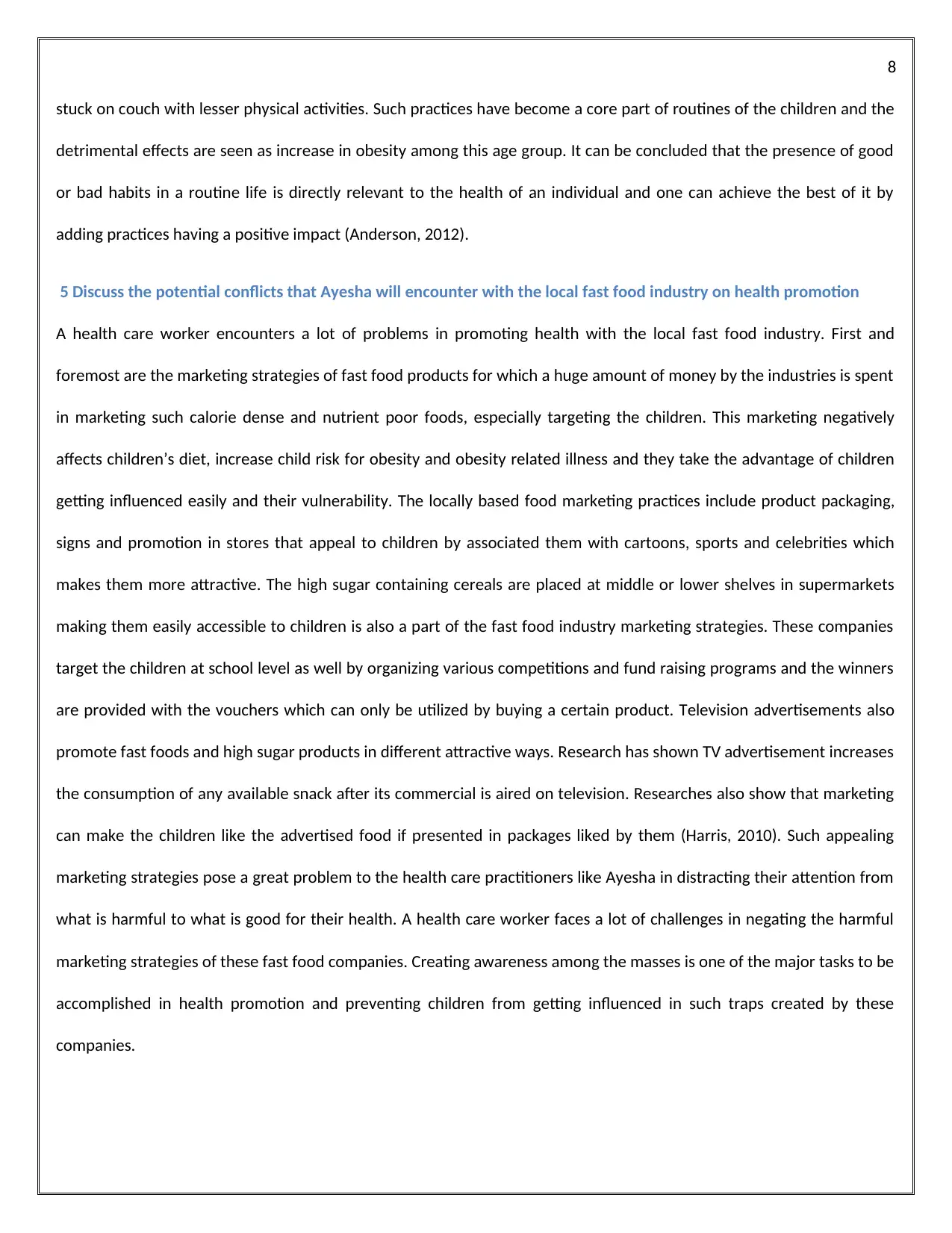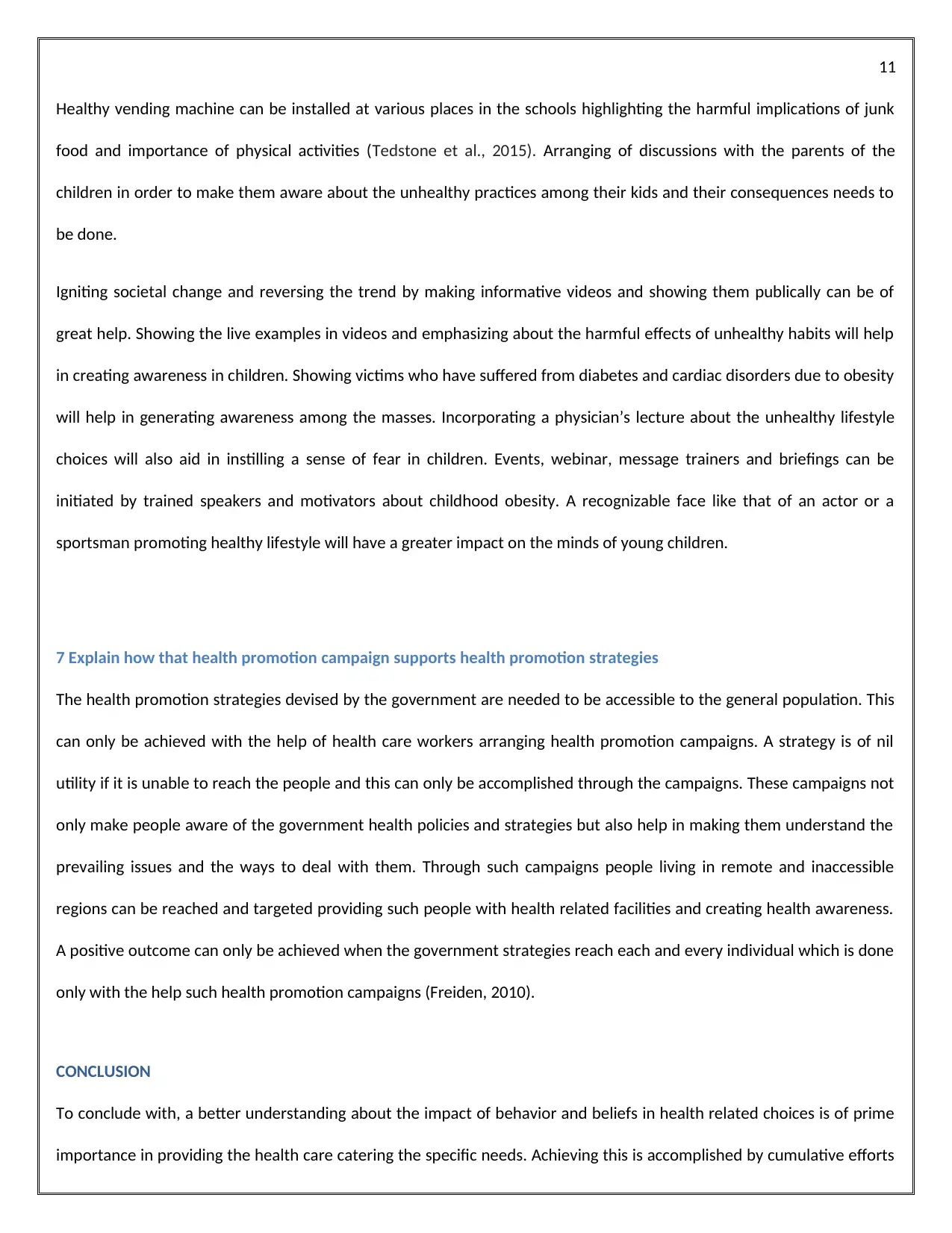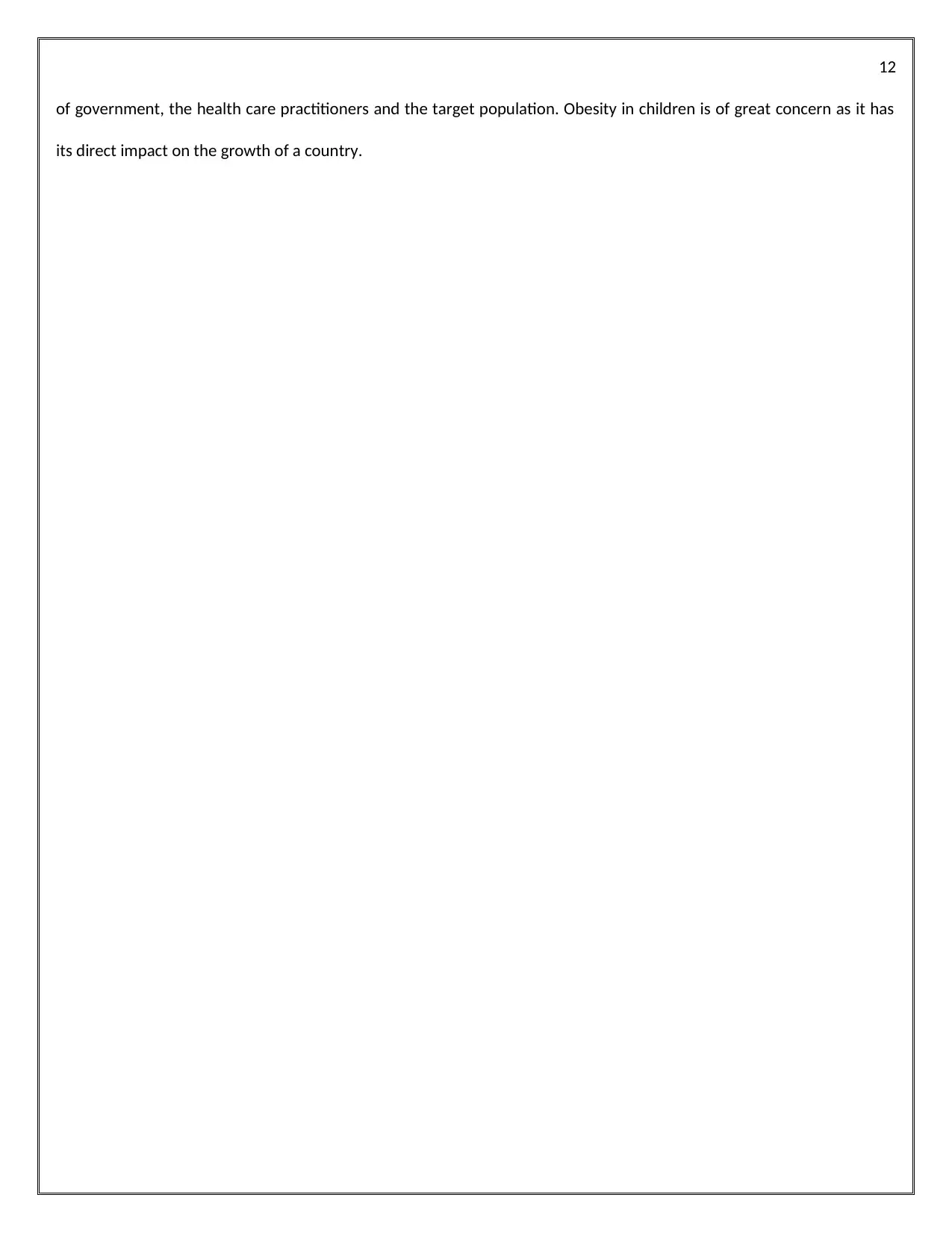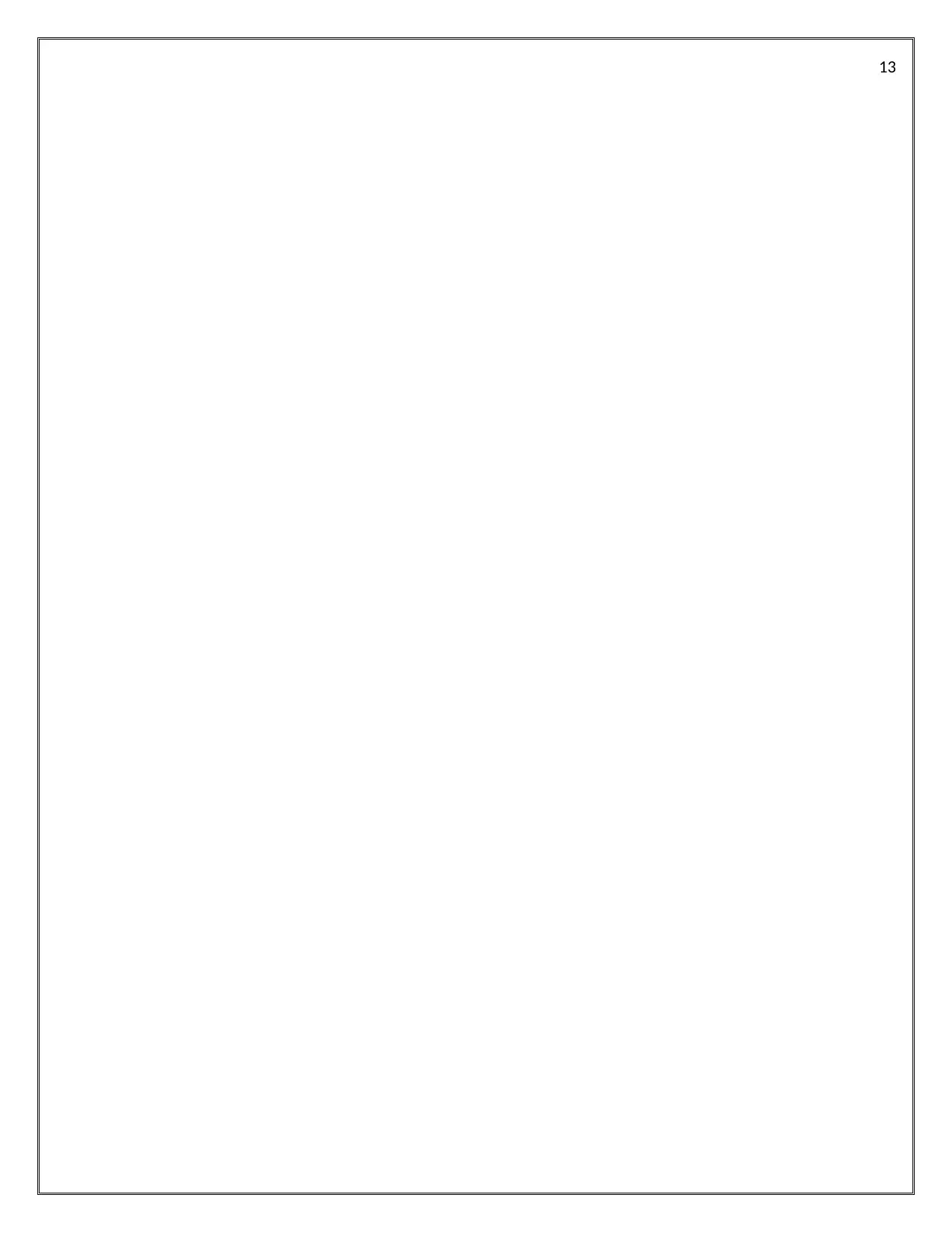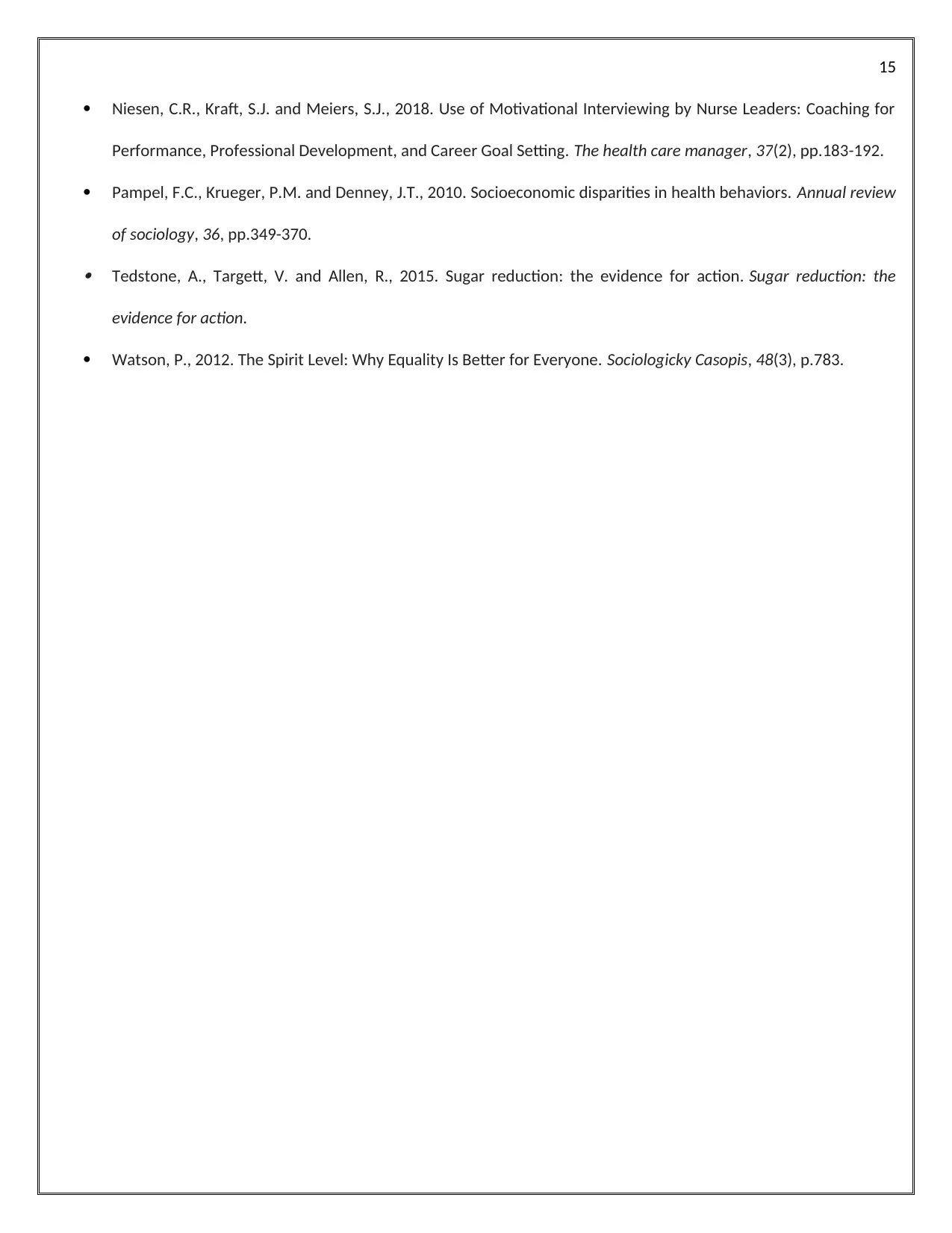This paper explores the impact of socioeconomic factors on health and the challenges of accessing healthcare. It examines the relevance of government sources in reporting health inequalities and the importance of providing relevant health information to the public. The paper also delves into the health beliefs of teenagers regarding food consumption and physical activity, linking them to theories of health behavior. It discusses potential conflicts between health promotion efforts and the fast food industry. Finally, the paper analyzes the links between government strategies and models of health promotion, highlighting the role of professionals in meeting government targets. A health promotion campaign targeting childhood obesity is proposed and its alignment with health promotion strategies is explained.
![[object Object]](/_next/static/media/star-bottom.7253800d.svg)
![[object Object]](/_next/static/media/star-bottom.7253800d.svg)
